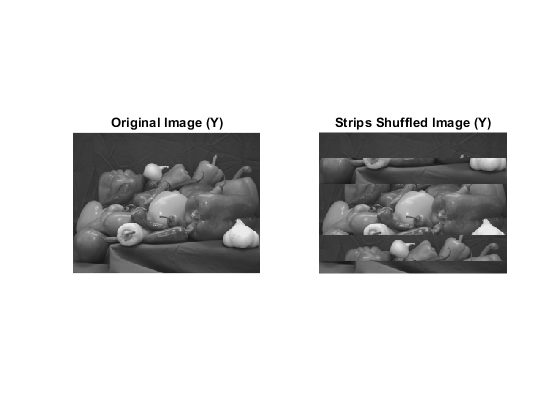writeEncodedStrip
Write data to specified strip
Description
writeEncodedStrip(
writes t,stripNumber,imageData)imageData to the strip specified by
stripNumber to the TIFF file associated with the
Tiff object t.
Examples
Input Arguments
Algorithms
Version History
Introduced in R2009b

